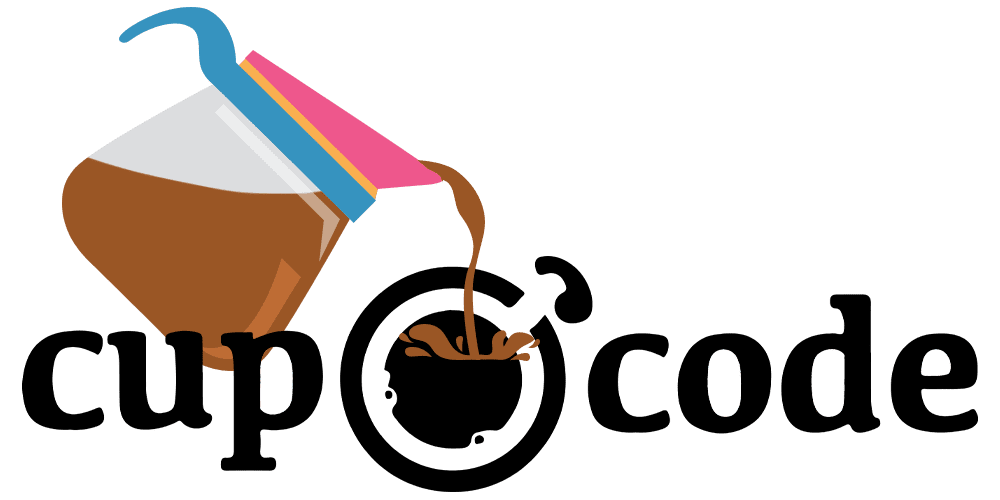Summary
Blogging is both a science and an art, blending technical prowess with storytelling. Remember, every great blogger started with a single post. With these guidelines in hand, you're well on your way to writing blogs that not only inform and inspire but also resonate and remain in the minds of your readers long after they've navigated away.
In the digital age, blogging has become an art form with the power to shape opinions, build communities, and even sway markets. Yet, writing a blog that stands out in the ever-expanding sea of digital content can seem like an elusive feat. Fear not! With a mix of technical know-how and narrative flair, you can pen posts that not only captivate but also engage your readers on a deeper level.
Understanding Your Audience: The Starting Point
Before you even type a title, know who you’re writing for. Your audience dictates your language, tone, and even the complexity of the content. Use analytics tools to glean insights into your audience’s demographics and interests, and let that knowledge be the compass that guides your writing style.
The Art of the Title: Your First Impression
Your title is the first, and sometimes only, impression you make on a potential reader. It should be a beacon, drawing them into the depths of your post. Make it snappy, clear, and reflective of the content. Use strong keywords not just for SEO (Search Engine Optimization) but to signal to readers exactly what to expect.
Structuring Your Narrative: The Backbone of Your Blog
A good blog post isn’t a monologue; it’s a journey you take your readers on. Here’s how you can structure that journey:
Introduction
Hook your readers with a relatable problem or question, provide context, and set the stage for your narrative. Make your introduction a trailer of the value you’re about to deliver.
Main Body
This is where the meat of your content lies. Break it down into digestible chunks using:
- Headings and Subheadings: Organize content and make it easy to scan.
- Bullet Points and Numbered Lists: Clarify sequences and hierarchies.
- Images and Videos: A visual aid can sometimes speak louder than words.
- Infographics and Charts: Great for summarizing data or processes.
Each paragraph should flow logically from one point to the next, building on the previous idea.
Conclusion
Wrap up your blog post by summarizing key points, proposing a call-to-action, or posing a question that encourages engagement in the comments.
The Technical Tidbits: SEO and Readability
While creativity is key, don’t overlook the technical elements:
- SEO Best Practices: Research and integrate relevant keywords, optimize your meta description, and employ internal and external linking strategies.
- Readability: Use tools like Hemingway or Grammarly to ensure your post is clear and coherent. Aim for shorter sentences and familiar vocabulary.
- Mobile-Friendly Formatting: With more users on mobile devices, ensure your blog looks good on all screens.
The Personal Touch: Authenticity in Your Voice
The most successful blogs have a personal touch — a distinct voice. Be conversational, honest, and use personal anecdotes to illustrate points. Your unique perspective is your blog’s signature.
Consistency: The Key to Growth
Consistency in publishing content not only helps with SEO but also sets expectations for your readers. Develop an editorial calendar to plan your content strategy and keep you on track.
Analyze and Adapt: The Cycle of Improvement
Use tools like Google Analytics to track your blog’s performance. Which posts are doing well? What topics resonate with your audience? Analyze, learn, and adapt your content strategy accordingly.
Engaging With Your Readers: The Conversational Loop
Don’t just broadcast; interact. Respond to comments, encourage discussion, and be present in your blog’s community. It turns readers into advocates and passive consumers into active participants.
Continuous Learning: Stay Ahead of the Curve
The blogging world is ever-changing. Keep learning about new SEO strategies, content marketing trends, and technological advancements. The more informed you are, the more authoritative and relevant your writing will be.
The Final Polish: Editing is Non-Negotiable
Before you hit publish, edit ruthlessly. Cut the fluff, check for errors, and refine your argument. A well-edited blog post reflects the care and respect you have for your audience and your craft.
Conclusion
Blogging is both a science and an art, blending technical prowess with storytelling. Remember, every great blogger started with a single post. With these guidelines in hand, you’re well on your way to writing blogs that not only inform and inspire but also resonate and remain in the minds of your readers long after they’ve navigated away.












